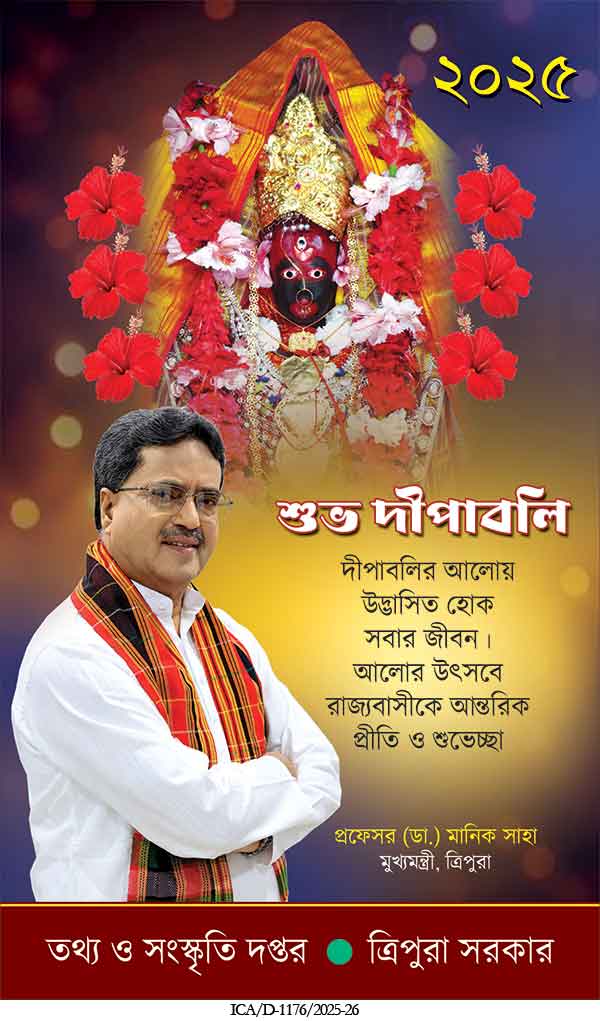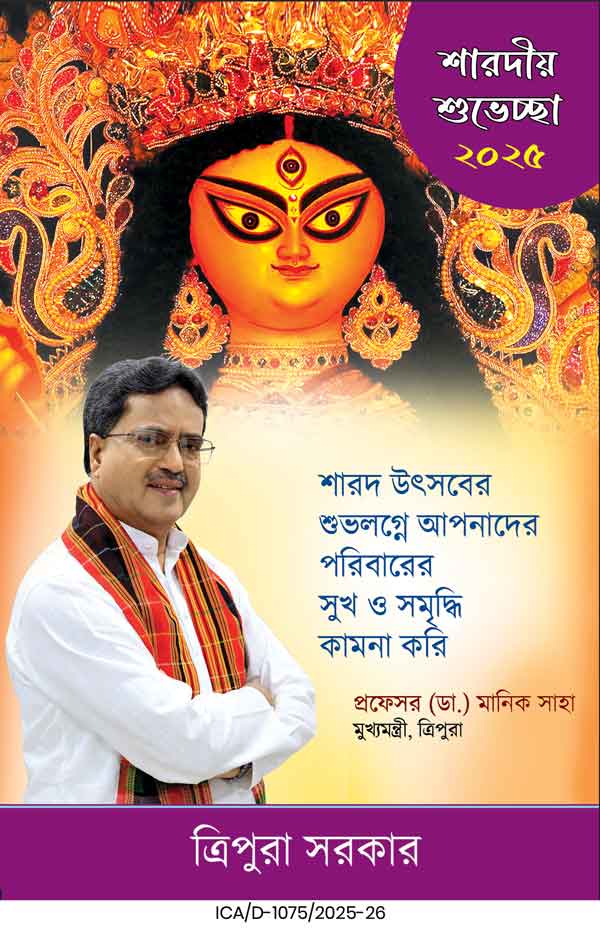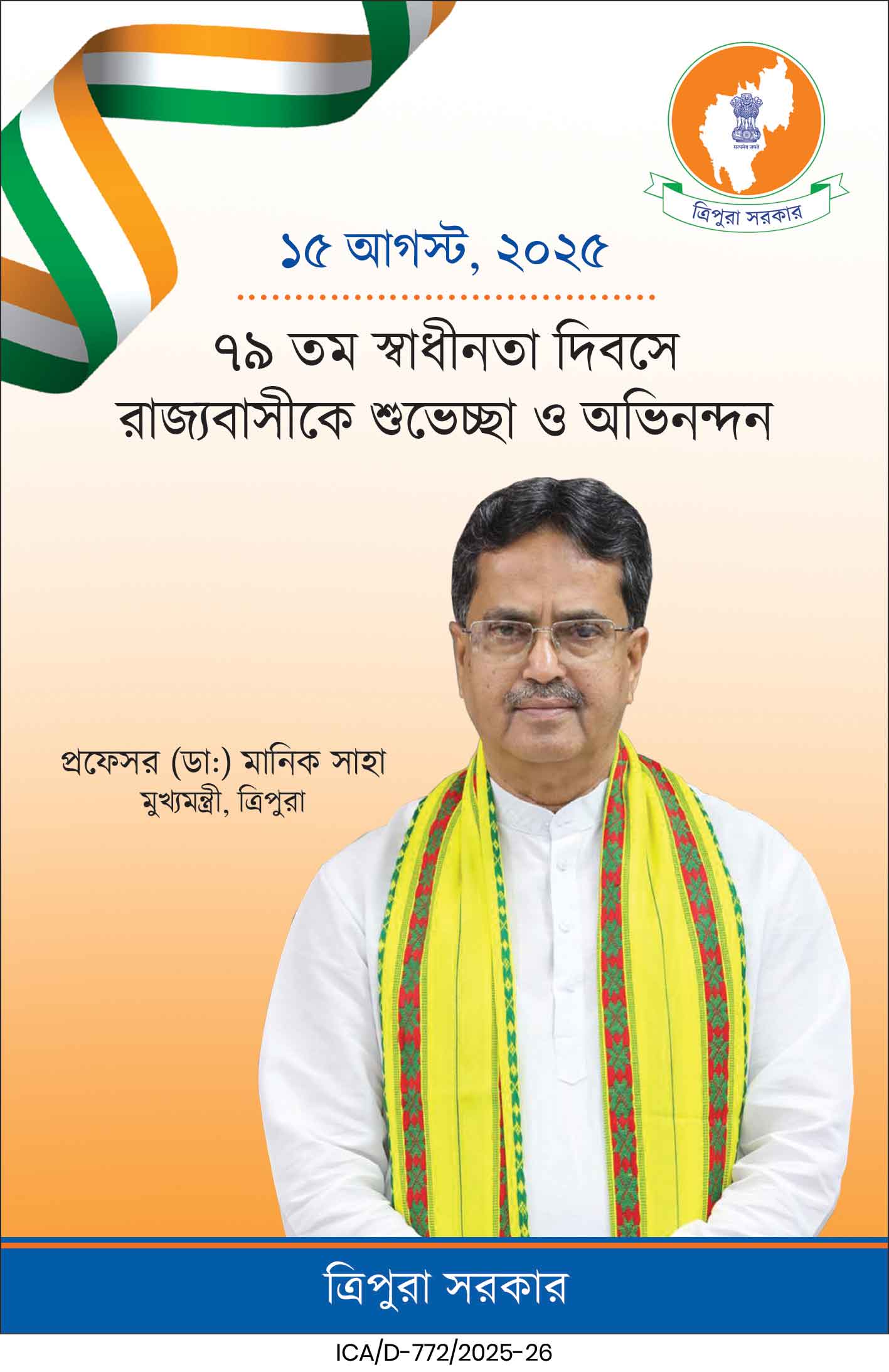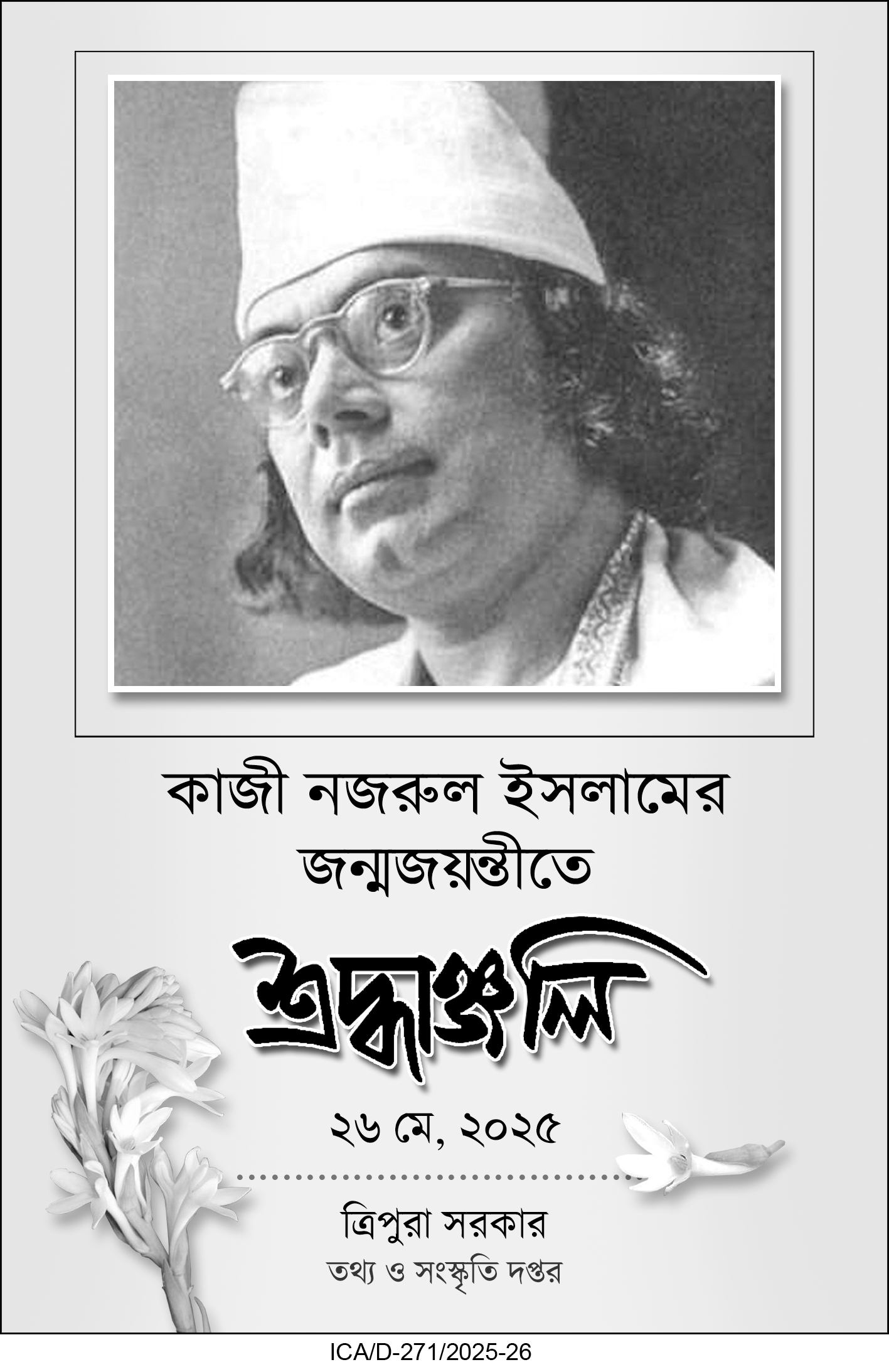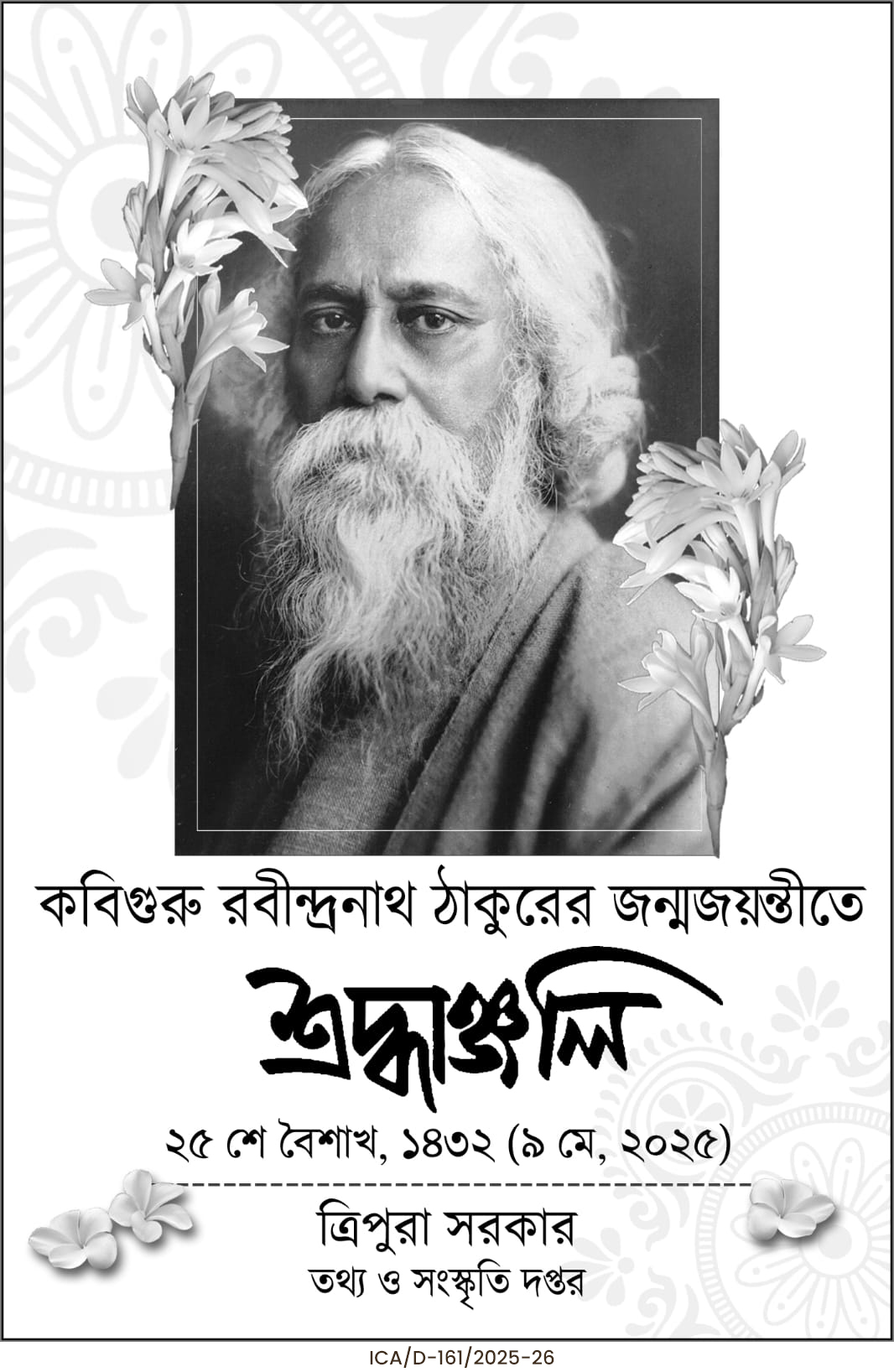Sikkim CM Prem Singh Tamang met the Indian Himalayan Council of Nalanda Buddhist Tradition in Delhi, reaffirming support for Buddhist heritage. He also greeted President Murmu and presented commemorative items marking Sikkim’s 50th statehood anniversary.
Sikkim Chief Minister Prem Singh Tamang met with a high-level delegation from the Indian Himalayan Council of Nalanda Buddhist Tradition (IHCNBT) in the national capital on Wednesday. The meeting underlined the state’s deep-rooted connection to the Buddhist faith and reaffirmed Sikkim’s commitment to preserving and promoting its cultural traditions.
The delegation was led by Thegtse Rinpoche, President of the IHCNBT, who apprised the Chief Minister of the Council’s broad spectrum of activities across the trans-Himalayan region. This vast cultural zone stretches from Arunachal Pradesh in the east to Ladakh in the northwest and represents a unique civilizational continuum centered around Nalanda Buddhist values.
During the interaction, Rinpoche highlighted the Council’s national-level initiatives aimed at the preservation of ancient monastic traditions, promotion of Buddhist teachings, and the fostering of inter-community spiritual exchanges. He also shed light on collaborative programs involving education, monastic discipline, youth engagement, and heritage protection.
Chief Minister Tamang expressed deep appreciation for the Council’s persistent efforts to safeguard the spiritual and cultural legacy of the Himalayan region. He remarked that the IHCNBT plays a crucial role in sustaining the religious and philosophical values that have long shaped the Himalayan identity. “Your work is not just about tradition; it is about the soul of our shared culture,” Tamang stated.
He also assured the delegation of unwavering support from the Government of Sikkim in advancing the Council’s initiatives. Tamang shared updates on the various developmental schemes and policy measures introduced by his government to support the Buddhist community within the state. These include infrastructure upgrades for monasteries, educational incentives for monks and nuns, and the promotion of Buddhist pilgrimage tourism.
In turn, the IHCNBT delegation extended heartfelt thanks to the Chief Minister for his continued encouragement and proactive governance. They commended Sikkim’s role in keeping the Nalanda Buddhist tradition vibrant and relevant in the modern era.
Earlier the same day, CM Tamang also called on the President of India, Droupadi Murmu, in New Delhi. Representing the people of Sikkim, he extended warm greetings and presented a commemorative coin and postage stamp issued to mark the 50th anniversary of Sikkim’s statehood. These commemorative items are part of the state’s ongoing Golden Jubilee celebrations, which recognize five decades of Sikkim’s integration into the Indian Union.
Describing the moment as both “proud” and “historic,” Tamang remarked that the commemorative gifts symbolized the unity, growth, and shared aspirations of the Sikkimese people. “The past 50 years have been a journey of progress and harmony, and this gesture reflects our collective pride,” he said.
The state’s Golden Jubilee celebrations have seen active participation from all levels of government and civil society. Prime Minister Narendra Modi was initially scheduled to visit Sikkim to attend the statehood day celebration. However, adverse weather conditions prevented his helicopter from flying out of Bagdogra airport. In spite of this, the Prime Minister virtually addressed thousands of people gathered at Gangtok’s Paljor Stadium. His digital presence underscored the central government’s support for Sikkim’s development and its acknowledgment of the state’s cultural importance.
| Also Read: Tragic drowning in Badharghat: CM orders urgent safety measures |
In related developments, Sikkim Governor Om Prakash Mathur also met with Prime Minister Modi last week at the PM’s official residence at 7 Lok Kalyan Marg. The meeting focused on pressing developmental issues concerning the mountain state, including infrastructure, connectivity, and education. Both leaders discussed strategies to accelerate Sikkim’s sustainable development in harmony with its ecological and cultural heritage.
These high-level meetings in the national capital demonstrate Sikkim’s proactive engagement in both cultural diplomacy and governance. The alignment between spiritual preservation and state development is increasingly becoming a defining feature of Sikkim’s political and social narrative.

